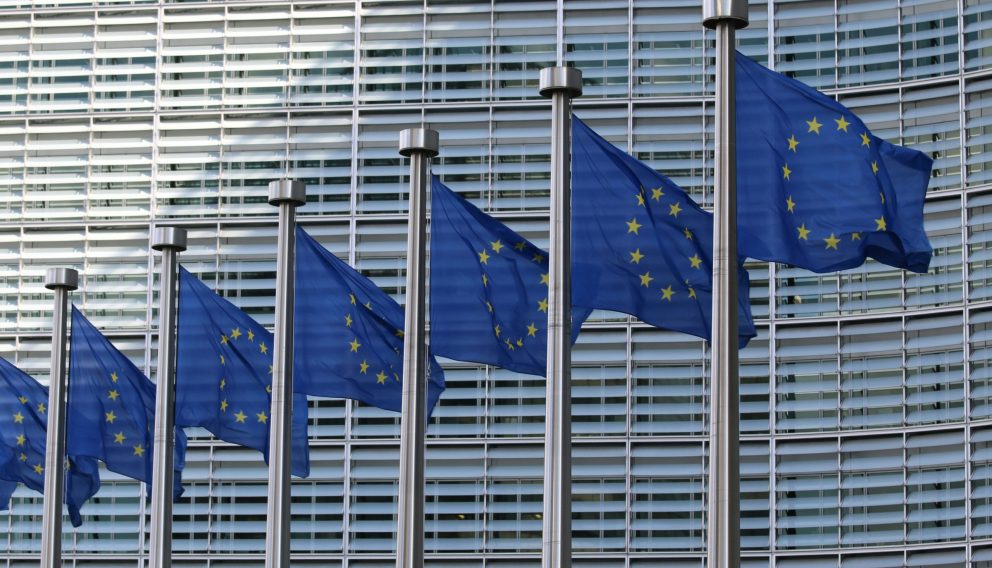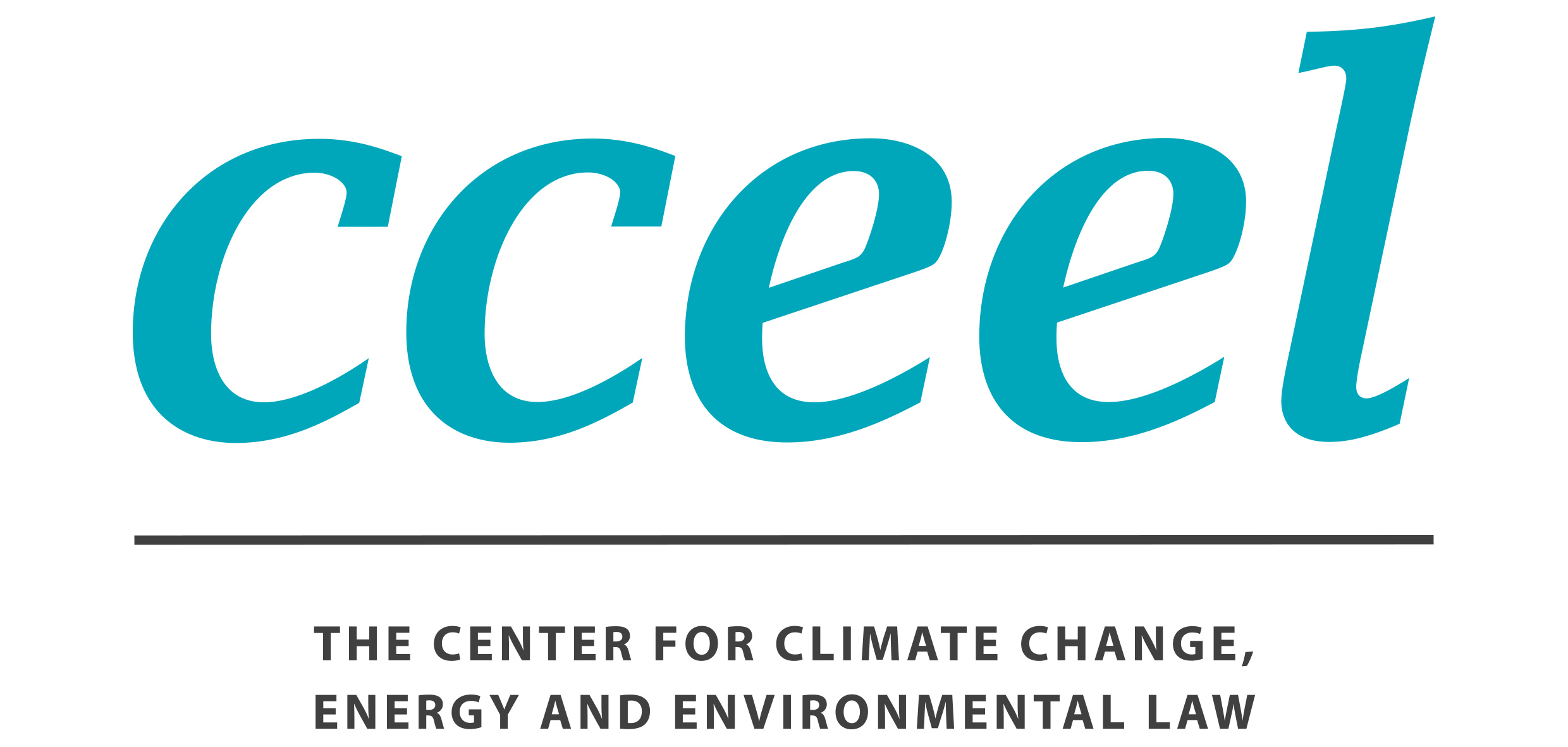Reflections on the Use of Revenues from the EU CBAM

by Kateryna Holzer, Senior Researcher
In May 2023, the EU adopted a regulation on a carbon border adjustment mechanism (CBAM) that extends the EU emissions trading scheme (ETS) to imports from six sectors (iron and steel, aluminium, cement, fertilizers, hydrogen and electricity). The CBAM sets out an obligation for importers to purchase and surrender CBAM certificates for each ton of emissions embedded in imported products from the designated sectors at the price that corresponds to the average weekly price of an emission allowance under the EU ETS.
While the intention behind the CBAM to prevent carbon leakage and stimulate emissions reductions in other countries is commendable, the measure has spurred negative reactions of EU trading partners pointing to the inconsistency of the measure with the rules of the World Trade Organization (WTO) due to its alleged discriminatory nature, unnecessary trade restrictiveness and low environmental effectiveness. The fact that the EU has not exempted developing countries from the scope of CBAM also gives grounds for allegations of non-compliance of the EU with its commitments under the Paris Agreement.
The question is whether the future use of revenues from the sales of CBAM certificates can impact the compliance of the EU with its commitments under international trade and climate treaties, as well as the acceptance of the measure by trading partners.
The EU CBAM under the EU fiscal strategy
The current long-term budget of the EU, the Multiannual Financial Framework, covers seven years from 2021 to 2027 and amounts to €2 trillion. Due to these long-term financial resources, the EU is able to fund its political priorities by investing in its regions, agriculture, education, science, defence, green transition, as well as the recovery from the pandemic. The one-off Covid recovery instrument, called NextGenerationEU, is part of the budget. It amounts to €800 billion to be generated over seven years through loans and grants that the EU will borrow on the financial markets.
To be able to repay the borrowings, the EU had to search for resources in addition to its traditional ones comprising 1) direct payments by EU Member States (the budget’s largest income source reaching up to 70%), 2) customs duties (such as agricultural tariffs) and 3) contributions from the value-added taxes collected in Member States. Consequently, together with the portion of revenues from taxes on non-recycled plastic waste transferred from Member States, the EU added three new own resources, including 1) part of revenues from auctioning emissions allowances under the EU ETS (30% of those received by Member States from auctions), 2) part of revenues from the corporate income tax collected by Member States and paid by them as a contribution to the EU (0.5% of the profits of enterprises in each Member State), and 3) part of revenues from the EU CBAM (75% of revenues received by Member States from the sales of CBAM certificates). Thus, the revenues from the CBAM will contribute to the recovery of the EU economy from Covid.
These revenues will start flowing to the EU budget only in 2028, however. Prior to that, in the transitional period, the importers will have no obligation to buy CBAM certificates. During the transitional period, 2024-2025, the importers are only obliged to report on a quarterly basis on embedded emissions and carbon prices paid abroad. The first year for importers to surrender CBAM certificates is 2027 (to cover emissions in products imported in 2026). The payments for CBAM certificates in 2027 will be collected by Member States, and only in 2028 75% of those revenues will be transferred to the EU budget, while the rest of revenues (25%) will be kept by the Member States for themselves, on an annual basis.
What concerns the amount of revenue that the EU can generate from the CBAM, it was initially expected that the measure will generate about €1.5 billion per year, which is quite a small amount making up only 1% of the annual EU budget. But this was calculated based on the price of emissions allowances in 2018, which at that time was under €16 per ton of carbon. Given that the price of emissions allowances under the EU ETS has risen fivefold, the future revenues from the EU CBAM will definitely be higher. More recent estimates show that the EU CBAM can generate around €9 billion of annual revenues, which is still not a big amount, if compared to the direct contributions of Member States to the EU budget bringing around €120 billion per year.
Despite being a relatively insignificant resource for the EU budget, the future revenues from the EU CBAM have drawn much criticism, likely because of the perception that instead of supporting sustainable development all over the world, the EU will satisfy its own needs at the expense of others. Could there be a better way to use these revenues?
Options for the use of CBAM revenues
There could be different ways to use revenues from the CBAM.
First, these revenues can be used to carry out fiscal reform aimed at decreasing other taxes while keeping the budgetary position unchanged. That makes sense particularly if taxes on environmental ‘bads’, such as carbon emissions, are used to decrease taxes on economic ‘goods’, such as labor and capital. It seems that the EU was following this logic when choosing to use CBAM revenues as a new own resource. The European Commission explained that the new own resources would help to mitigate the burden for Member States from their direct contributions to the EU budget in the situation where more revenue resources are needed to pay back the Covid recovery instrument.
Second, revenues from the EU CBAM can be redistributed through compensatory payments to those who are most affected by the measure. For instance, they could be recycled back to domestic firms, which are most affected by the CBAM due to increased costs of imports resulted from the CBAM. If the recycling of revenues to firms were based on the firms’ investments in low-carbon technologies, it could address not only the competitiveness concerns of domestic firms, but would also stimulate innovations.
Third, CBAM revenues can be earmarked for various climate change mitigation and adaptation purposes. Under this option, the EU could transfer CBAM revenues to its Innovation Fund supporting the deployment of low-carbon technologies within the EU. Alternatively, the EU could direct revenues from the EU CBAM towards climate finance through transfers made, for instance, to the Green Climate Fund and the Adaptation Fund that serve mitigation and adaptation needs of developing countries.
The options for the use of CBAM revenues have different international trade and climate law implications. The first option that implies a shift in the tax burden from labor and capital to emissions, is in line with the polluter pays principle and generally neutral in terms of the compatibility with commitments under international trade and climate agreements. Yet, this would be true if the EU CBAM were an exclusively internal regulation imposed only on domestic products. However, the EU CBAM is not an internal regulation. As the CBAM generates revenues from imports, while being not an ordinary import duty but a regulation enacted to support the goals of climate policy, the optimization of budget revenues by means of a CBAM is unlikely to be regarded as being in the spirit of provisions of the international trade and climate regimes.
The second option that foresees the recycling of CBAM revenues to domestic firms runs afoul of the WTO subsidy rules. These rules, however, would not stand in the way of paying back the costs of CBAM certificates to the most affected firms abroad, particularly those from poorer developing countries. Nevertheless, it is quite understandable why the EU has decided not to do so. Returning the costs of CBAM certificates to foreign firms exporting to the EU, like also excluding developing countries from the CBAM scope in general, would not stimulate foreign producers to lower emissions by switching to greener production methods, neither would it encourage their governments to adopt emissions trading or carbon tax schemes to make use of a CBAM rebate under article 9 of the EU CBAM Regulation. It would therefore undermine one of the main objectives of the EU CBAM – to stimulate emissions reductions abroad.
The third option foreseeing the earmarking of CBAM revenues for climate change mitigation and adaptation purposes would strengthen the climate policy objective of the measure and as such would help the EU to defend the CBAM as an environmental measure under article XX of the General Agreement on Tariffs and Trade (GATT). As mentioned above, the EU could transfer the CBAM revenues to its Innovation Fund, as it does with the revenues received from the auctions of emissions allowances under the ETS. In that case, the revenues from the sales of CBAM certificates will be used for decarbonization of the EU economy. However, to increase the chances for justification of the EU CBAM under WTO law and to improve its compliance with the Paris Agreement that allows countries to act on climate change based on equity, CBAM revenues would need to be earmarked to support mitigation and adaptation projects outside the EU, particularly in developing countries.
Transfer of CBAM revenues for climate finance combined with financial assistance would be the best way forward
Thus, to strengthen compliance with commitments under the international trade and climate regimes, the EU should transfer the revenues received from the sales of EU CBAM certificates from its budget to international climate funds, industrial decarbonization initiatives and other programs serving mitigation and adaptation needs of developing countries. This will count towards the fulfilment by the EU of its obligation in regard to climate finance that is drastically lacking.
However, directing CBAM revenues towards climate finance will not be enough to compensate the burden of the EU CBAM for developing countries entailing a major conflict with the principle of common but differentiated responsibilities of the climate regime. To address the tension, together with the transfer of CBAM revenues to climate finance, the EU would need to direct financial assistance to poor developing countries severely affected by the measure. Financial assistance provided in the context of the EU CBAM would accommodate development needs of these countries by contributing to decarbonisation of their industries and mitigating the negative impact of the measure on their economies.
While not directly required under WTO law, financial assistance would be lawful and strongly encouraged under special and differential treatment provisions contained in the GATT and other WTO agreements. Along with the longer time periods given to developing countries for the implementation of their commitments, these provisions also encourage developed countries to support developing countries in building the capacity for compliance with higher commitments and standards.
Last but not least, financial assistance to poor developing countries, whose exports are affected by the EU CBAM, could also be beneficial for climate diplomacy. Developing countries consider the EU CBAM to be unfair and costly, which deepens the divide in negotiation positions between developed and developing countries. Financial support given for compliance with the EU CBAM will help to alleviate these concerns and build trust.
Photo by Guillaume Périgois from Unsplash
